-
 Bitcoin
Bitcoin $109,459.7682
2.44% -
 Ethereum
Ethereum $2,598.6052
6.29% -
 Tether USDt
Tether USDt $1.0003
0.00% -
 XRP
XRP $2.2734
3.95% -
 BNB
BNB $661.4886
1.58% -
 Solana
Solana $155.4825
4.35% -
 USDC
USDC $0.9999
-0.02% -
 TRON
TRON $0.2838
1.04% -
 Dogecoin
Dogecoin $0.1740
8.25% -
 Cardano
Cardano $0.6047
9.04% -
 Hyperliquid
Hyperliquid $40.2302
6.50% -
 Sui
Sui $2.9863
10.05% -
 Bitcoin Cash
Bitcoin Cash $509.5786
0.60% -
 Chainlink
Chainlink $13.8156
6.03% -
 UNUS SED LEO
UNUS SED LEO $9.0142
0.69% -
 Avalanche
Avalanche $19.0337
8.68% -
 Stellar
Stellar $0.2438
5.17% -
 Toncoin
Toncoin $2.9012
3.59% -
 Shiba Inu
Shiba Inu $0.0...01210
6.20% -
 Litecoin
Litecoin $90.0882
7.05% -
 Hedera
Hedera $0.1597
8.53% -
 Monero
Monero $326.3340
2.88% -
 Polkadot
Polkadot $3.6365
9.32% -
 Bitget Token
Bitget Token $4.6162
2.72% -
 Dai
Dai $1.0001
0.00% -
 Ethena USDe
Ethena USDe $1.0002
-0.01% -
 Uniswap
Uniswap $7.6403
10.47% -
 Pepe
Pepe $0.0...01060
12.03% -
 Aave
Aave $281.3664
7.56% -
 Pi
Pi $0.4992
1.76%
What are the common reasons for ICO failure?
ICO failures often stem from weak teams, unrealistic tokenomics, lack of a viable product, poor security, insufficient marketing, and regulatory issues; thorough due diligence is crucial for investors.
Mar 16, 2025 at 11:45 am
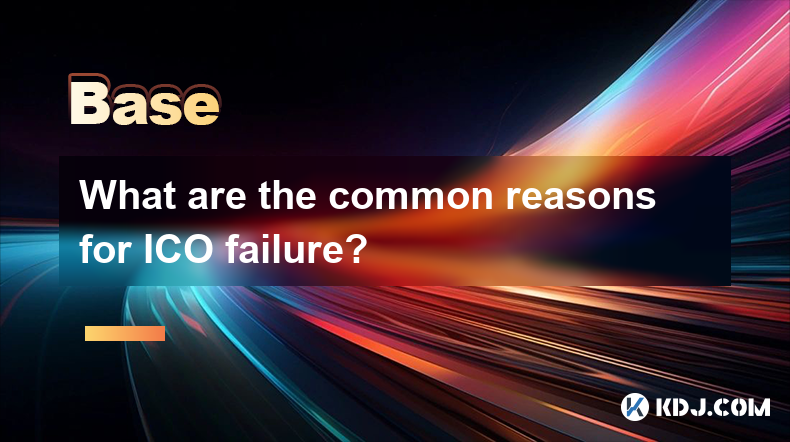
Key Points:
- Lack of a Viable Product or Service: Many ICOs fail due to a lack of a solid foundation – a poorly defined product or service with limited market demand.
- Unrealistic Tokenomics: Poorly designed tokenomics, including unrealistic token utility and distribution models, can lead to failure.
- Weak or Inexperienced Team: A team lacking experience in development, marketing, and regulatory compliance often struggles to deliver on promises.
- Regulatory Uncertainty and Legal Issues: Navigating the complex regulatory landscape surrounding cryptocurrencies is crucial; failure to do so can result in legal issues and project shutdown.
- Insufficient Marketing and Community Building: A lack of effective marketing and community engagement can hinder adoption and lead to low token demand.
- Security Vulnerabilities and Hacks: Security breaches can result in the loss of funds and severely damage investor trust.
- Overpromising and Underdelivering: Exaggerated claims and unrealistic promises often lead to disillusionment and project failure.
- Market Volatility and Bear Markets: The cryptocurrency market is highly volatile; a bear market can significantly impact even well-developed projects.
What are the common reasons for ICO failure?
The Initial Coin Offering (ICO) landscape, while once booming, has seen its share of spectacular failures. Understanding the reasons behind these failures is crucial for both investors and aspiring entrepreneurs in the crypto space. Many factors contribute to an ICO's demise, often intertwining to create a perfect storm of misfortune.
1. Lack of a Viable Product or Service:
Many ICOs fail because they lack a compelling product or service at their core. The focus is often solely on raising funds, with little consideration given to developing a functional and desirable product. Without a strong underlying value proposition, investors lose interest, and the project quickly loses momentum. A well-defined problem and a clear solution are essential for success.
2. Unrealistic Tokenomics:
The design of the token itself – its utility, distribution, and overall economic model – is critical. Unrealistic tokenomics, such as an oversupply of tokens or a lack of clear use cases, can lead to a rapid devaluation of the token and ultimately, project failure. Careful planning and a well-thought-out token distribution strategy are paramount.
3. Weak or Inexperienced Team:
The team behind an ICO is crucial. A team lacking experience in development, marketing, legal compliance, or even basic business management is highly likely to fail. Investors look for proven track records and experienced individuals capable of navigating the challenges of the cryptocurrency world. A strong team inspires confidence.
4. Regulatory Uncertainty and Legal Issues:
The regulatory landscape surrounding cryptocurrencies is constantly evolving and varies significantly across jurisdictions. Failure to navigate this complex environment can lead to legal issues, regulatory scrutiny, and ultimately, project shutdown. Understanding and complying with relevant regulations is vital for long-term survival.
5. Insufficient Marketing and Community Building:
Even a great product can fail without effective marketing and community engagement. Building a strong community around the project is essential for generating awareness, attracting investors, and fostering a sense of ownership. Lack of a robust marketing strategy often leads to low token adoption and limited growth.
6. Security Vulnerabilities and Hacks:
Security is paramount in the cryptocurrency world. Poor security practices can leave the project vulnerable to hacks, resulting in the loss of funds and severely damaging investor trust. Robust security measures are not just advisable, but essential for maintaining credibility and protecting investor assets.
7. Overpromising and Underdelivering:
Many ICOs fail due to unrealistic promises and exaggerated claims. Overpromising and underdelivering damages investor confidence and can lead to legal repercussions. Transparency and realistic expectations are crucial for building trust and ensuring long-term success.
8. Market Volatility and Bear Markets:
The cryptocurrency market is notoriously volatile. Even well-developed projects can struggle during bear markets, when investor sentiment is negative, and funding is scarce. Understanding market cycles and planning for periods of low activity is crucial for resilience.
Common Questions and Answers:
Q: What are the red flags to watch out for in an ICO?
A: Red flags include vague whitepapers, unrealistic promises, an anonymous or inexperienced team, lack of a clear use case for the token, and poor security practices. Thorough due diligence is essential before investing.
Q: How can I protect myself from ICO scams?
A: Research the team, the project's whitepaper, and the tokenomics thoroughly. Be wary of overly optimistic claims and promises of guaranteed returns. Only invest what you can afford to lose.
Q: What is the difference between an ICO and an STO?
A: An ICO (Initial Coin Offering) involves the sale of crypto tokens, often without regulatory oversight. An STO (Security Token Offering) involves the sale of tokens that are classified as securities, subject to stricter regulations.
Q: Are all ICOs scams?
A: No, not all ICOs are scams. However, a significant portion have failed due to various factors. It's crucial to conduct thorough research before investing in any ICO.
Q: What is the future of ICOs?
A: The future of ICOs is uncertain, with increasing regulatory scrutiny and a shift towards more regulated offerings like STOs. The landscape is likely to evolve significantly in the coming years.
Disclaimer:info@kdj.com
The information provided is not trading advice. kdj.com does not assume any responsibility for any investments made based on the information provided in this article. Cryptocurrencies are highly volatile and it is highly recommended that you invest with caution after thorough research!
If you believe that the content used on this website infringes your copyright, please contact us immediately (info@kdj.com) and we will delete it promptly.
- Coinbase's Crypto Conquest: The Liquifi Acquisition and the Token Revolution
- 2025-07-03 16:30:12
- Neo Pepe Coin: Can This Meme Coin Make Waves in the 2025 Crypto Market?
- 2025-07-03 16:50:12
- Toncoin, Dogecoin, and Shiba Inu: A Wild Ride in the Crypto Zoo
- 2025-07-03 16:30:12
- AllScale: Stablecoin Solutions Empowering Small Businesses – A New York Perspective
- 2025-07-03 16:35:12
- Neo Pepe Coin Presale: Is This Meme Coin a Serious Crypto Investment?
- 2025-07-03 17:10:11
- Memecoins to Buy in July 2025: Riding the Hype or Investing Wisely?
- 2025-07-03 17:10:11
Related knowledge

What is open interest in derivatives?
Jul 03,2025 at 02:49pm
Understanding Open Interest in DerivativesOpen interest is a critical metric used in the cryptocurrency derivatives market, particularly when analyzing futures and options contracts. It represents the total number of outstanding contracts that have not been settled or closed by either party involved. Unlike trading volume, which counts all trades made i...
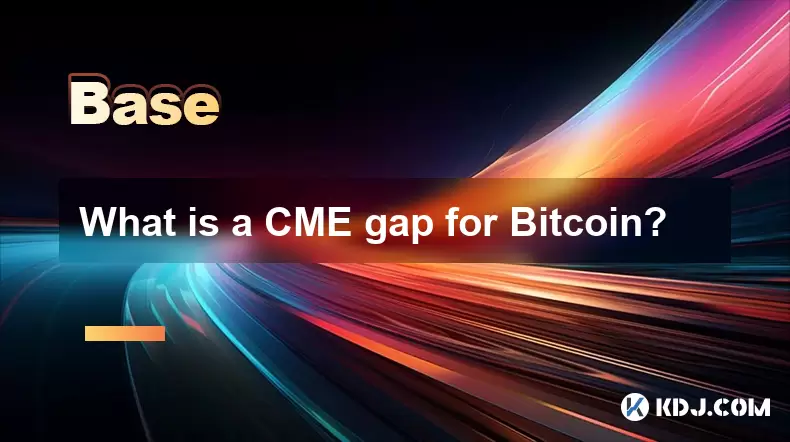
What is a CME gap for Bitcoin?
Jul 03,2025 at 05:49pm
Understanding the Concept of a CME GapA CME gap refers to a discrepancy in price between the closing price of Bitcoin on the Chicago Mercantile Exchange (CME) and its opening price when trading resumes. This phenomenon occurs because the CME operates during specific hours, typically aligned with traditional market hours, while cryptocurrency markets ope...

What is a liquidation cascade?
Jul 03,2025 at 07:15am
Understanding the Concept of LiquidationIn the realm of cryptocurrency trading, liquidation refers to the process by which a trader's position is automatically closed due to insufficient funds to maintain the leveraged trade. This typically occurs when the market moves against the trader's position and their account equity falls below the required maint...
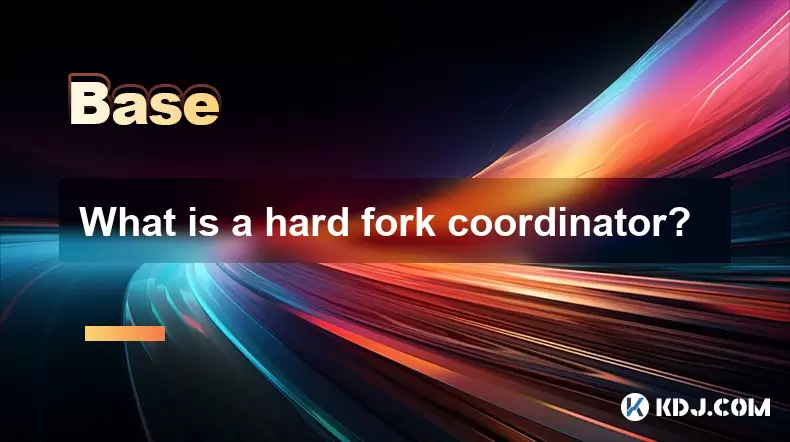
What is a hard fork coordinator?
Jul 03,2025 at 12:42pm
Understanding the Role of a Hard Fork CoordinatorIn the world of blockchain and cryptocurrencies, a hard fork coordinator plays a critical role during major network upgrades. A hard fork is a significant change to a blockchain’s protocol that makes previously invalid blocks or transactions valid (or vice versa). This type of upgrade requires all nodes o...
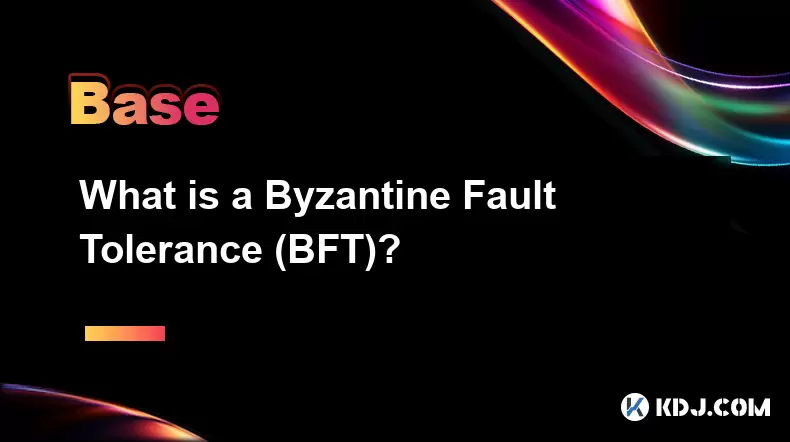
What is a Byzantine Fault Tolerance (BFT)?
Jul 03,2025 at 11:49am
Understanding the Concept of Byzantine Fault ToleranceByzantine Fault Tolerance (BFT) is a critical concept in distributed systems, particularly within the realm of blockchain technology and cryptocurrencies. It refers to the ability of a system to continue functioning correctly even when some components fail or behave maliciously. The term originates f...
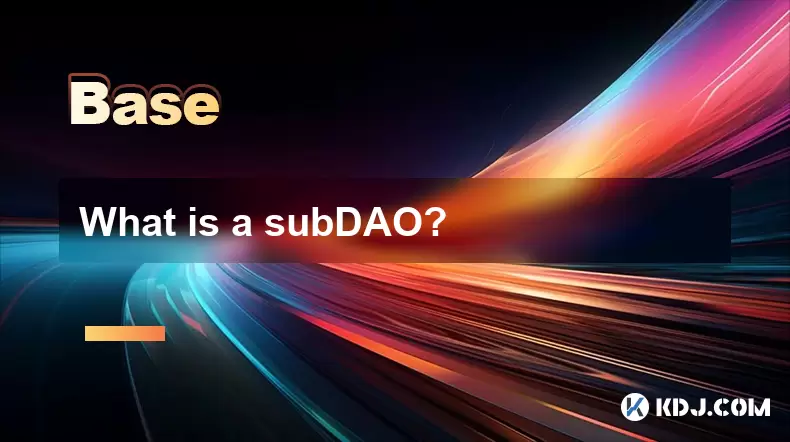
What is a subDAO?
Jul 03,2025 at 09:36am
Understanding the Concept of SubDAOA SubDAO, short for Sub-Decentralized Autonomous Organization, is a specialized entity that operates under the umbrella of a larger DAO (Decentralized Autonomous Organization). It functions with its own set of rules, governance mechanisms, and tokenomics while remaining aligned with the overarching goals of the parent ...

What is open interest in derivatives?
Jul 03,2025 at 02:49pm
Understanding Open Interest in DerivativesOpen interest is a critical metric used in the cryptocurrency derivatives market, particularly when analyzing futures and options contracts. It represents the total number of outstanding contracts that have not been settled or closed by either party involved. Unlike trading volume, which counts all trades made i...

What is a CME gap for Bitcoin?
Jul 03,2025 at 05:49pm
Understanding the Concept of a CME GapA CME gap refers to a discrepancy in price between the closing price of Bitcoin on the Chicago Mercantile Exchange (CME) and its opening price when trading resumes. This phenomenon occurs because the CME operates during specific hours, typically aligned with traditional market hours, while cryptocurrency markets ope...

What is a liquidation cascade?
Jul 03,2025 at 07:15am
Understanding the Concept of LiquidationIn the realm of cryptocurrency trading, liquidation refers to the process by which a trader's position is automatically closed due to insufficient funds to maintain the leveraged trade. This typically occurs when the market moves against the trader's position and their account equity falls below the required maint...

What is a hard fork coordinator?
Jul 03,2025 at 12:42pm
Understanding the Role of a Hard Fork CoordinatorIn the world of blockchain and cryptocurrencies, a hard fork coordinator plays a critical role during major network upgrades. A hard fork is a significant change to a blockchain’s protocol that makes previously invalid blocks or transactions valid (or vice versa). This type of upgrade requires all nodes o...

What is a Byzantine Fault Tolerance (BFT)?
Jul 03,2025 at 11:49am
Understanding the Concept of Byzantine Fault ToleranceByzantine Fault Tolerance (BFT) is a critical concept in distributed systems, particularly within the realm of blockchain technology and cryptocurrencies. It refers to the ability of a system to continue functioning correctly even when some components fail or behave maliciously. The term originates f...

What is a subDAO?
Jul 03,2025 at 09:36am
Understanding the Concept of SubDAOA SubDAO, short for Sub-Decentralized Autonomous Organization, is a specialized entity that operates under the umbrella of a larger DAO (Decentralized Autonomous Organization). It functions with its own set of rules, governance mechanisms, and tokenomics while remaining aligned with the overarching goals of the parent ...
See all articles

























































































